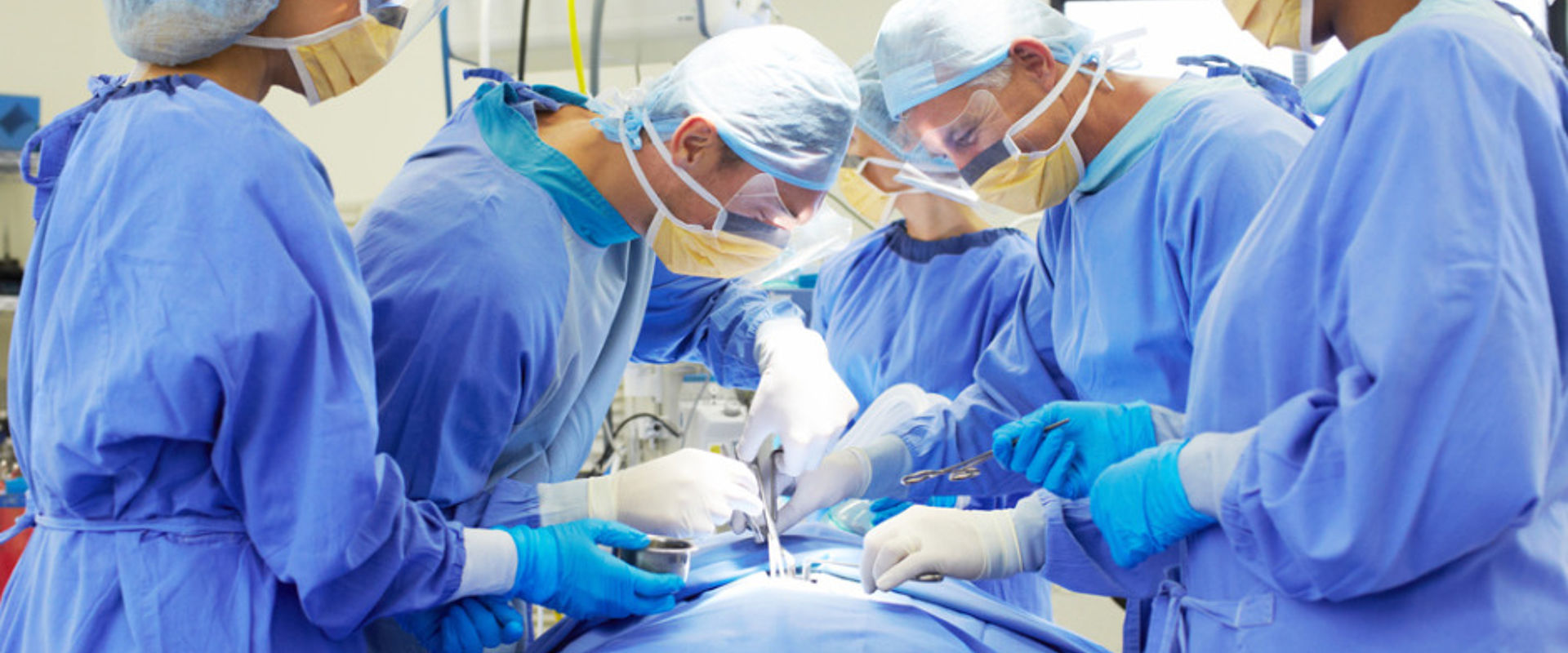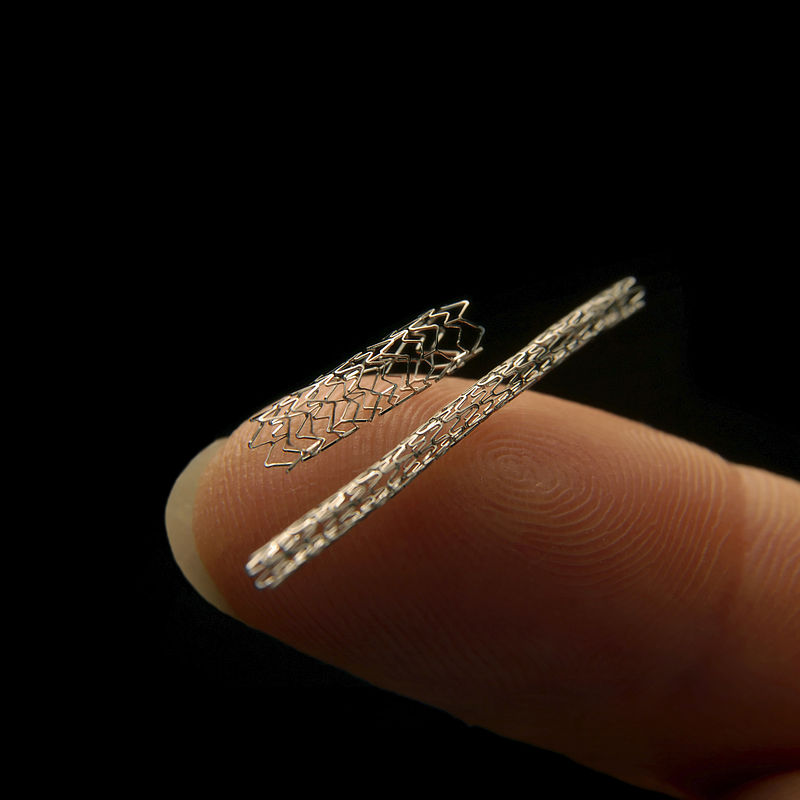
Ensuring medical implant safety
Challenge
Thin films and complex surfaces can introduce formidable surface chemistry challenges in high volume manufacturing, such as electronics, and medical implant production. Multiple chemical layers are often engineered to give specific functionalities during use. The quality and completeness of these functional layers needs to be confirmed during production. In addition, surface cleanliness must be monitored to ensure it is contamination free. In the medical sector this is especially important for patient safety during surgery and for long-term medical implants, where manufacturers must have confidence that potentially toxic cleaning agents have been completely removed.
Advanced high vacuum measurement techniques are frequently used to analyse medical implants and surgical instruments to ensure they meet stringent quality requirements. These techniques need better characterisation to be able to reliably identify the chemicals present, whether these are part of functional surfaces, such as drug layers on implants, or, potential contamination from the production process. To increase the accuracy of these techniques, well characterised materials simulating real world functional layers are needed to provide greater measurement reliability and robust links to SI units.
Solution
The EMRP Project, Chemical metrology tools to support the manufacture of advanced biomaterials in the medical device industry, investigated high vacuum techniques, such as X-ray photoelectron spectroscopy (XPS) and Time of Flight Secondary Ion Mass Spectrometry (ToF SIMS) for characterising chemical layers used in medical implant manufacture. The project characterised materials used in medical implants and used these to confirm the accuracy of both techniques, also increasing links to SI units.
Project knowledge and best practice have been published and now provide a resource to aid medical device manufacturers in selecting the most appropriate analysis methods for determining whether functional layers meet stringent specifications and that process procedures have been rigorously followed.
Impact
Smith and Nephew manufacture and supply medical products, such as dressing systems for advanced wound management, surgical instruments and long-term medical implants, globally. Ensuring that these meet stringent quality control procedures is essential to ensure patient safety. Having confidence that production procedures are rigorously followed relies on understanding all process steps and being able to quickly identify and rectify non-conformance. Contamination caused by deviating from procedures has the potential to cause lost production, scrap-age and needing to replace expensive equipment. This type of occurrence can cost tens of million euro in the medical device industry.
Using the project’s ToF SIMS measurement technique, Smith and Nephew were able to quickly identify that production line equipment had not suffered contamination when operators raised concerns about a potential contaminant. By rapidly and categorically determining that production line plant contamination had not occurred, Smith and Nephew were able to avoid the huge costs associated with replacing it.
As a result of this project, industries that rely on accurate detection of chemical traces at surfaces, or in near surface layers now have access to advanced and reliable analytical tools underpinned by robust links to SI units. This is an essential requirement in the medical device industry where effective drug delivery and patient safety are overriding considerations.
- Category
- EMRP,
- Industry,
